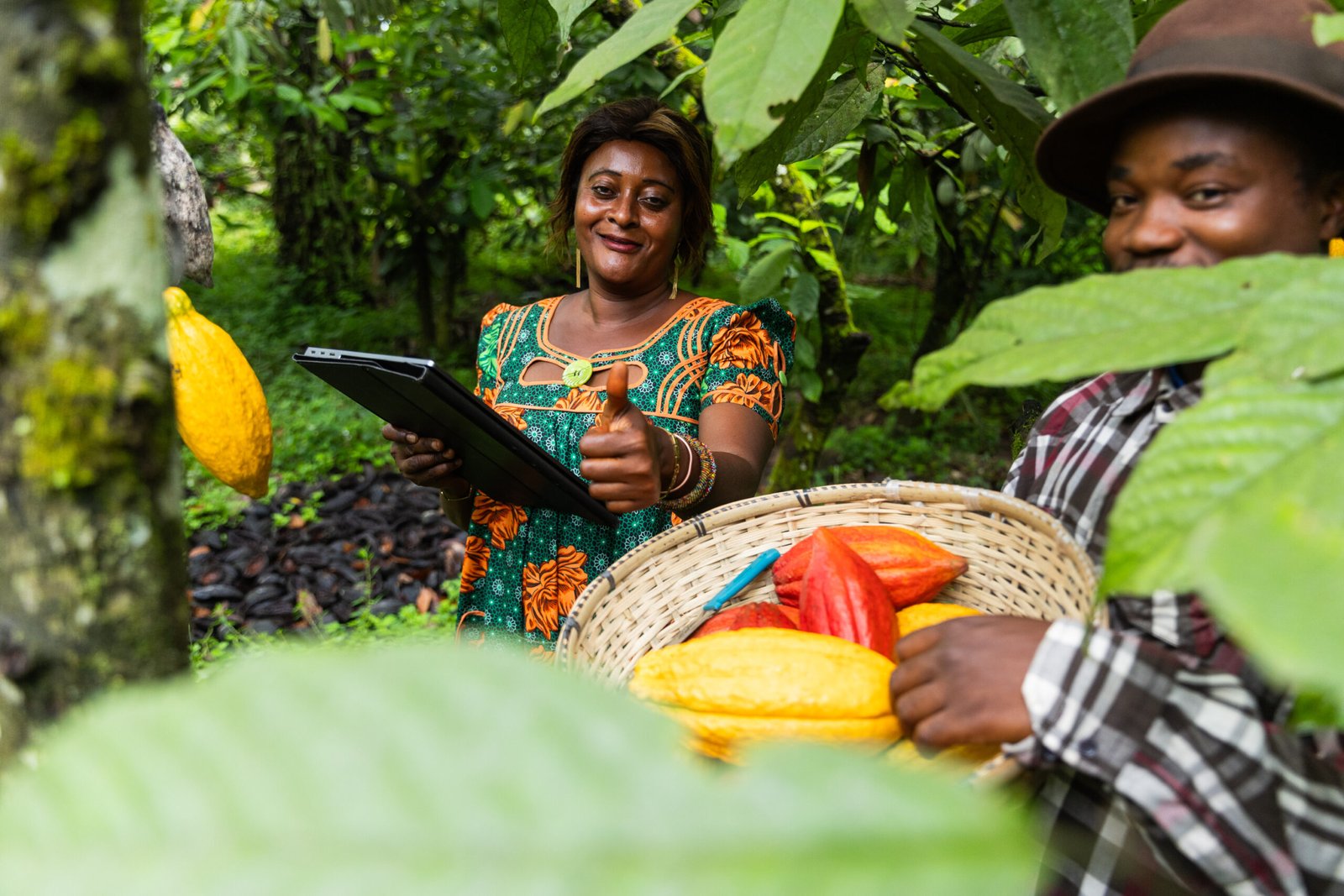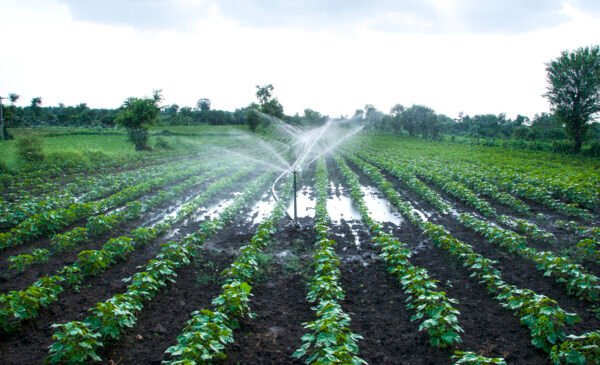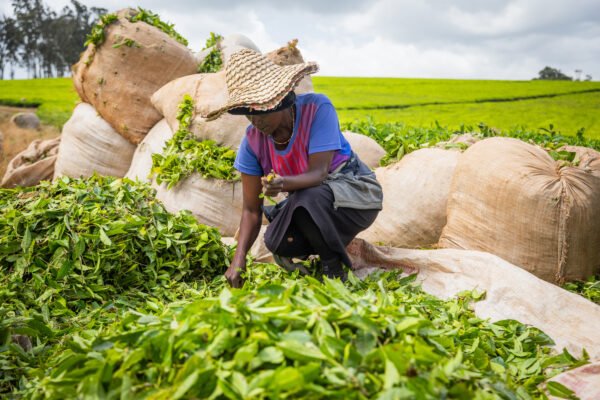Smallholder Farmer Financing in Africa: Empowering the Backbone of Agriculture

Introduction
Smallholder farmers are the backbone of Africa’s agricultural sector, producing up to 80% of the continent’s food supply. However, despite their crucial role, these farmers face significant challenges, particularly when it comes to accessing financing. Smallholder farmer financing in Africa is one of the most pressing issues that need to be addressed if Africa’s agriculture is to reach its full potential. Limited access to credit, lack of collateral, high-interest rates, and the informal nature of many farming activities prevent smallholder farmers from investing in their farms, modernizing their practices, and improving productivity.
In recent years, various innovative financing models have emerged to provide smallholder farmers with the capital they need to thrive. From digital microloans and mobile money solutions to farmer cooperatives and public-private partnerships, there is a growing recognition that tailored financial products are essential for transforming Africa’s agricultural landscape. This article explores the importance of smallholder farmer financing, the current trends, and the innovative models that are helping bridge the financing gap.
1. The Importance of Smallholder Farmers in Africa
Smallholder farmers in Africa manage farms that typically span less than two hectares. Despite their limited land holdings, these farmers contribute substantially to Africa’s food security, growing staple crops like maize, rice, millet, cassava, and vegetables. Smallholders are also involved in the production of cash crops such as coffee, cocoa, and cotton, which are vital to Africa’s export economy.
However, smallholder farmers often face low productivity due to the lack of access to modern farming inputs, such as high-quality seeds, fertilizers, irrigation systems, and machinery. Additionally, they lack access to markets and financial resources, which limits their ability to scale operations and adopt improved farming methods.
1.1 The Need for Financing
Access to financing is critical for smallholder farmers to:
- Purchase inputs such as seeds, fertilizers, and pesticides.
- Invest in machinery and tools that improve farm productivity.
- Adopt new technologies, including precision farming and irrigation systems.
- Access insurance to protect against climate risks and crop failure.
- Expand their operations by acquiring more land or employing more labor.
Without financing, smallholder farmers are often stuck in a cycle of subsistence farming, unable to improve yields or expand their businesses. Addressing this issue is key to improving food security, boosting rural economies, and reducing poverty across the continent.
2. Challenges in Financing Smallholder Farmers
Despite their importance to Africa’s agricultural sector, smallholder farmers face numerous obstacles when it comes to accessing credit and other financial services. Some of the key challenges include:
2.1 Lack of Collateral
Traditional financial institutions often require collateral, such as land or assets, to issue loans. Many smallholder farmers do not have formal land titles or valuable assets to use as collateral, making it difficult for them to secure financing from banks or microfinance institutions.
2.2 High Transaction Costs
Providing financial services to smallholder farmers in rural areas can be costly for banks and other lenders due to the dispersed nature of farming communities. These high transaction costs often translate into higher interest rates, which are unaffordable for many farmers.
2.3 Limited Financial Literacy
Many smallholder farmers, particularly in rural areas, have limited knowledge of financial products and services. This lack of financial literacy makes it challenging for them to navigate the formal banking system or understand the terms and conditions of loans.
2.4 Informal Nature of Farming
Most smallholder farmers operate informally, without business registration or records of their farm’s performance. This lack of documentation makes it difficult for financial institutions to assess the creditworthiness of farmers, further limiting their access to financing.
3. Innovative Financing Solutions for Smallholder Farmers in Africa
In response to the challenges facing smallholder farmers, several innovative financing models have emerged. These solutions are designed to cater to the unique needs of smallholder farmers, providing them with access to credit, insurance, and other financial products that can help improve their productivity and livelihoods.
3.1 Digital and Mobile-Based Financing
The rise of mobile money and digital platforms has revolutionized access to finance for smallholder farmers in Africa. Mobile technology allows farmers to access microloans, make payments, and receive remittances without needing a traditional bank account.
Notable Example:
- M-Pesa (Kenya): M-Pesa, one of Africa’s most successful mobile payment platforms, allows smallholder farmers to access credit and make transactions through their mobile phones. This platform has been instrumental in expanding financial inclusion for farmers in rural areas, enabling them to buy inputs and sell their produce.
Other Examples:
- FarmDrive (Kenya): FarmDrive uses mobile technology and data analytics to assess the creditworthiness of smallholder farmers and provide them with tailored financial products. The platform collects data on farmers’ activities and financial behavior, offering a solution to the lack of formal credit histories.
- Pula (Kenya, Zambia, Nigeria): Pula is an agricultural insurance platform that uses mobile technology to deliver affordable insurance to smallholder farmers. The platform offers crop insurance against risks such as drought, pests, and flooding, allowing farmers to manage risk and improve their financial security.
3.2 Farmer Cooperatives
Farmer cooperatives play a vital role in pooling resources, improving bargaining power, and facilitating access to finance for smallholder farmers. By joining cooperatives, farmers can combine their produce and access credit facilities, often at lower interest rates, compared to what they would receive as individuals.
Notable Example:
- CARGILL in Côte d’Ivoire: Cargill, one of the world’s largest agricultural corporations, partners with cocoa cooperatives in Côte d’Ivoire to provide farmers with access to credit, inputs, and training. The partnership strengthens the supply chain while improving farmers’ access to financing.
3.3 Crowdfunding Platforms
Crowdfunding is gaining traction as a way to provide smallholder farmers with access to financing. Crowdfunding platforms allow individuals and organizations to sponsor agricultural projects, providing farmers with the capital they need to grow their businesses.
Notable Example:
- Farmcrowdy (Nigeria): Farmcrowdy is a digital platform that connects investors with smallholder farmers. Through the platform, individuals can sponsor specific farming projects and receive a share of the profits. This model provides farmers with the funds to purchase inputs and increase productivity while offering investors a return on their investment.
3.4 Public-Private Partnerships (PPPs)
Public-private partnerships (PPPs) are becoming an important mechanism for financing smallholder farmers. By bringing together governments, private companies, and financial institutions, PPPs can leverage resources and expertise to provide farmers with access to credit, markets, and training.
Notable Example:
- The Alliance for a Green Revolution in Africa (AGRA): AGRA is a public-private initiative that works to improve the productivity and livelihoods of smallholder farmers. AGRA partners with banks, governments, and agribusinesses to create tailored financial products, such as low-interest loans, that cater to the specific needs of smallholder farmers.
Explore more: Agribusiness Investment in Africa
4. Trends Shaping Smallholder Farmer Financing in Africa
Several trends are shaping the future of smallholder farmer financing in Africa. These trends reflect the changing landscape of agriculture, technology, and finance, and offer new opportunities for farmers and investors alike.
4.1 The Rise of FinTech Solutions
Financial technology (FinTech) is playing an increasingly important role in providing smallholder farmers with access to credit, savings, and insurance products. The use of mobile technology, blockchain, and data analytics is making it easier to assess the creditworthiness of farmers, streamline transactions, and provide tailored financial solutions.
4.2 Climate-Smart Financing
As climate change poses a growing threat to agriculture in Africa, there is increasing interest in climate-smart agriculture financing solutions. These include insurance products that protect farmers from climate-related risks, such as droughts and floods, as well as loans designed to support the adoption of sustainable farming practices.
4.3 Impact Investing in Agriculture
Impact investing, which seeks to generate both financial returns and social or environmental impact, is gaining momentum in Africa’s agricultural sector. Investors are increasingly recognizing the potential of smallholder farmer financing as a way to address food security, reduce poverty, and promote sustainable development.
Learn more: Sustainable Agriculture Projects in Africa
5. Challenges and Opportunities in Smallholder Farmer Financing
5.1 Challenges
- Financial Infrastructure: In many rural areas, the lack of banking infrastructure and limited mobile network coverage make it difficult to extend financial services to smallholder farmers.
- Credit Risk: Many financial institutions view smallholder farmers as high-risk borrowers due to their reliance on unpredictable weather patterns and market volatility.
- High Transaction Costs: Serving smallholder farmers, especially those in remote areas, can be costly due to the dispersed nature of rural communities.
5.2 Opportunities
- Digital Financial Inclusion: Mobile money platforms and digital credit scoring tools are making it easier to provide smallholder farmers with access to finance, even in remote areas.
- Agriculture Insurance: Expanding access to crop and livestock insurance can help farmers manage risks and improve their creditworthiness, making it easier for them to access loans.
- Collaboration: Partnerships between governments, financial institutions, agribusinesses, and NGOs can help bridge the financing gap for smallholder farmers, ensuring that they have the resources they need to thrive.
Conclusion
Smallholder farmer financing in Africa is essential for unlocking the continent’s agricultural potential and ensuring food security for millions of people. By providing smallholder farmers with access to credit, insurance, and other financial services, investors and financial institutions can help farmers increase productivity, adopt modern farming practices, and build more resilient livelihoods.
Innovative financing models, such as mobile-based platforms, farmer cooperatives, and crowdfunding, are already making a difference by bridging the financing gap and empowering smallholder farmers across Africa. As these models continue to evolve, there are significant opportunities for investors to contribute to the transformation of Africa’s agricultural sector while generating financial returns.
For more on African agricultural opportunities, check out:




